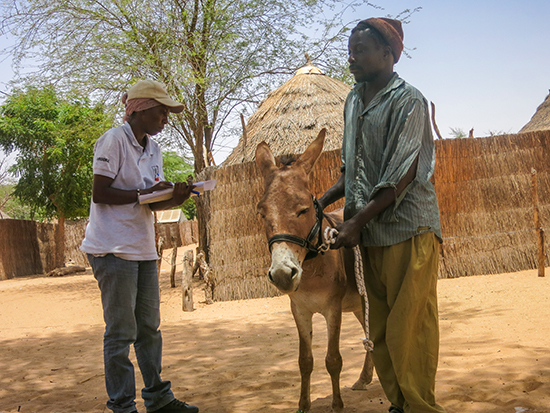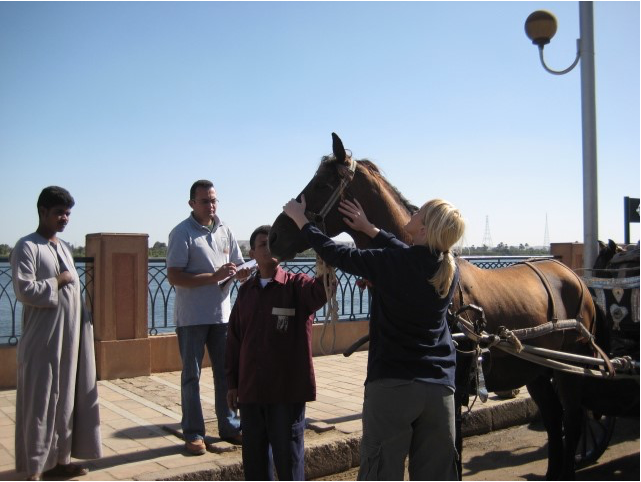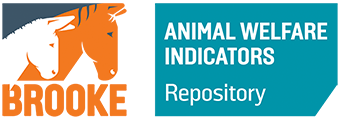Animal welfare and human safety are the priorities, and it is important that animals, owners/users and other community members are treated respectfully at all times.
Consent should always be obtained from the animal's owner/user, and the purpose and nature of data collection explained before beginning.
If the owner/user wishes the assessment to stop at any time, it should be discontinued.
Assessors should never put the animal, themselves, colleagues, handlers, owners/users, onlookers in any danger. Particular attention should be paid to any children and other animals in the surrounding area.
The need for ‘crowd control’ should be considered in locations where conducting welfare assessment is likely to arouse a lot of interest amongst community members.


Assessors should be proactive in providing advice to the owner/user on any treatment, follow-up and preventative action the animal requires to optimise their welfare whenever necessary.
If an animal is in need of urgent treatment, this should be sought without delay via the appropriate local animal healthcare system. Accordingly, it is important that assessors are aware of how to contact a local animal health practitioner before commencing data collection.
Animals should be handled gently and with consideration for their welfare at all times. Assessors should remember that animals may be sore or nervous, take care not to disturb them more than necessary to complete the assessment, and utilise positive reinforcement and praise throughout.
Assessors should ensure there is sufficient space around the animal to allow them to move away from the animal easily should this be necessary, and to avoid risk of injury should the animal move away from the assessor.
If assessment cannot be completed without causing fear, distress, discomfort, pain or using excessive restraint, it should be discontinued.
